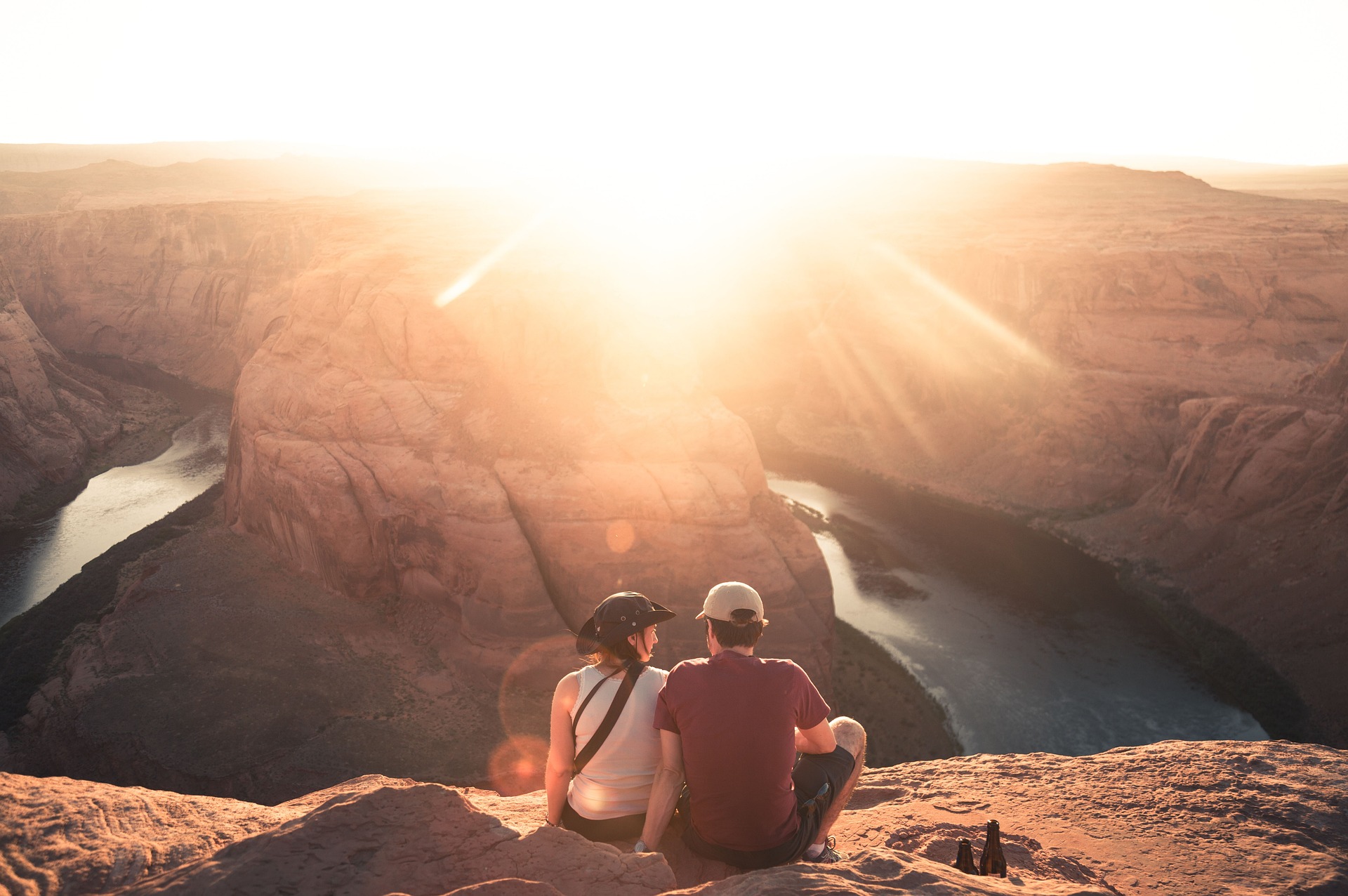Canyoneering: The Ultimate Adventure for Thrill-Seeking Travelers
Imagine descending into the depths of a narrow canyon, rappelling down cascading waterfalls, and navigating through crystal-clear pools. This is the world of canyoneering, an exhilarating outdoor activity that combines elements of hiking, climbing, and swimming to explore some of the most breathtaking and remote landscapes on Earth. As adventure tourism continues to evolve, canyoneering has emerged as a thrilling way for travelers to push their limits and discover hidden natural wonders.
Throughout the 20th century, canyoneering slowly gained popularity among outdoor enthusiasts. The advent of modern climbing equipment and techniques in the 1960s and 1970s revolutionized the sport, making it safer and more accessible. Today, canyoneering has spread across the globe, with destinations in Europe, Asia, and Oceania attracting adventurers from all walks of life.
The Allure of Canyoneering for Modern Travelers
In an age where many popular tourist destinations are overcrowded and overexposed on social media, canyoneering offers a unique opportunity to explore untouched wilderness. The sport appeals to travelers seeking authentic, off-the-beaten-path experiences that challenge them both physically and mentally. Canyoneering routes often lead to spectacular locations that are inaccessible by any other means, providing a sense of discovery and exclusivity that is increasingly rare in modern travel.
Moreover, canyoneering taps into the growing trend of transformative travel experiences. Participants often report feeling a profound connection with nature and a sense of personal growth after completing a canyoneering adventure. The combination of physical exertion, problem-solving, and teamwork required in canyoneering creates a holistic experience that goes beyond mere sightseeing.
Destinations and Routes: A World of Canyons to Explore
While the American Southwest remains a mecca for canyoneering, the sport has found footholds in diverse landscapes around the world. In Europe, the canyons of the French Alps and the Spanish Pyrenees offer technical routes with stunning alpine scenery. The Blue Mountains of Australia provide a unique canyoneering experience through lush, fern-filled gorges. Costa Rica’s tropical canyons combine rappelling with opportunities to spot exotic wildlife.
Each destination offers its own unique challenges and rewards. The sandstone slot canyons of Utah’s Zion National Park are renowned for their otherworldly beauty and technical difficulty. In contrast, the volcanic canyons of Hawaii’s Big Island feature dramatic waterfalls and the opportunity to rappel alongside active lava flows. For those seeking a cultural dimension to their canyoneering adventure, the ancient canyons of Jordan’s Wadi Mujib offer a glimpse into the geological and human history of the Middle East.
Essential Skills and Equipment for Canyoneering
Canyoneering requires a specific set of skills and equipment that sets it apart from other outdoor activities. Participants must be comfortable with rappelling, swimming, and navigating through varied terrain. Basic rock climbing skills are often necessary, as is the ability to read water levels and assess potential hazards.
The equipment used in canyoneering is a blend of climbing, hiking, and water sport gear. A typical canyoneer’s kit includes a helmet, wetsuit, harness, rappelling device, and specialized canyoneering shoes with sticky rubber soles for gripping wet rocks. Waterproof bags protect essential items, while static ropes and anchoring systems ensure safe descents.
The Growing Eco-Adventure Industry Around Canyoneering
As canyoneering gains popularity, a robust eco-adventure industry has developed to support it. Guided tours and courses cater to beginners and experienced canyoneers alike, providing safe and educational experiences in some of the world’s most spectacular canyons. Many of these operators emphasize sustainable practices and environmental stewardship, recognizing the delicate nature of the ecosystems they explore.
The economic impact of canyoneering on local communities can be significant, particularly in rural areas where traditional industries may be in decline. However, this growth also brings challenges, such as the need to balance increased tourism with environmental conservation. Many popular canyoneering destinations now implement permit systems and visitor quotas to protect fragile ecosystems from overuse.
Canyoneering Insights for the Adventurous Traveler
• Always go with a guide or experienced group when trying canyoneering for the first time
• Check weather forecasts carefully, as flash floods can make canyons extremely dangerous
• Invest in proper gear – rental equipment may be available, but personal gear ensures the best fit and comfort
• Learn and practice Leave No Trace principles to minimize your impact on fragile canyon ecosystems
• Consider taking a canyoneering course to develop essential skills before embarking on more challenging routes
• Research local regulations and obtain necessary permits before your trip
• Be prepared for variable conditions – water temperatures can be surprisingly cold even in warm climates
The Future of Canyoneering in Adventure Travel
As travelers continue to seek out unique and immersive experiences, canyoneering is poised to grow in popularity. The sport offers a perfect blend of physical challenge, natural beauty, and the thrill of exploration that resonates with contemporary adventure seekers. However, this growth must be managed carefully to preserve the very environments that make canyoneering so appealing.
Looking ahead, we can expect to see continued innovation in canyoneering techniques and equipment, making the sport safer and more accessible. Virtual reality and augmented reality technologies may soon play a role in training and route planning, while advances in lightweight, durable materials will enhance gear performance. As canyoneering evolves, it will undoubtedly continue to captivate the imaginations of travelers looking to push their boundaries and discover the hidden wonders of our planet’s most spectacular canyons.






